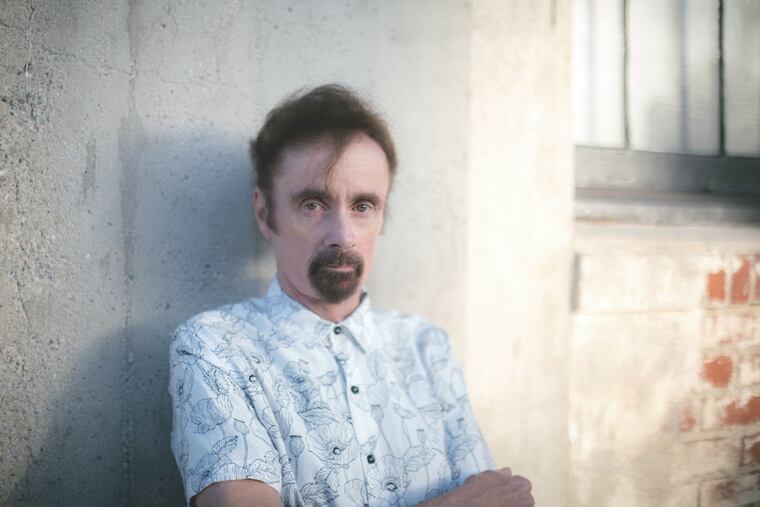'Terranauts': Any Eden you make will have its snake
You've earned the moniker visionary if you've formulated a plan no one else had considered, even - or, perhaps, especially - if it won't reach fruition for 100 years. The feasibility of the plan may be open to debate, but, still, one has to admire the innovativeness of a person who conjures tangibility out of nothing and has the determination to see a project through.

The Terranauts
By T. Coraghessan Boyle
Ecco. 528 pp. $26.99.
nolead ends nolead begins
Reviewed by Michael Magras
nolead ends You've earned the moniker visionary if you've formulated a plan no one else had considered, even - or, perhaps, especially - if it won't reach fruition for 100 years. The feasibility of the plan may be open to debate, but, still, one has to admire the innovativeness of a person who conjures tangibility out of nothing and has the determination to see a project through.
Jeremiah Reed - known as G.C., for God the Creator - is such a visionary. He's the mastermind behind the futuristic project in The Terranauts, T.C. Boyle's latest date with high-concept provocation. As he has done in novels such as The Women, based on the life of Frank Lloyd Wright, Boyle borrows from an actual event, in this case the Biosphere 2 experiments in Oracle, Ariz., in the early 1990s.
It's March 1994, and the four men and four women who constitute a crew known as Mission Two enter Ecosphere 2 (E2), a three-acre, glass-encased colony in the desert town of Tillman, Ariz. Like the commune denizens of Boyle's Drop City, they form a society unto themselves, but in this case, the two-year confinement is in a human-made world that represents "five of the typical biomes that self-generate life on planet earth, to model an ecosystem that would allow for living things, including humans, to thrive in a hostile environment" and even exist in a space station or on another planet.
G.C.'s goal is to have a two-year Mission Three when the current project ends, with subsequent teams to follow, one after the other, for 100 years.
Mission Two has a disappointing act to follow. Mission One was forced to end prematurely when a team member caught her hand in a threshing machine. G.C. and the other project leaders chose qualified scientists to join the new mission, but for the selected women, "qualified" also meant they had to look good in a two-piece bikini, as the project leaders "did not want to present fat Terranauts to the public."
Linda Ryu, a Korean American who didn't make the cut to join Mission Two but who works for the project leaders and is a leading candidate for Mission Three, assumes she was passed over because she is, in her words, chunky and too Asian. She is one of the novel's three first-person narrators. The other two are Mission Two Terranauts: Dawn Chapman, Linda's close friend turned rival; and Ramsay Roothoorp, the media-savvy and sexually voracious communications officer whom G.C. uses as a spy to report on "quirks or deviant tendencies."
It doesn't spoil the fun of reading The Terranauts to say that Ramsay's quirks contribute to the crew's difficulties. They encounter a lot, from a power outage that raises the temperature inside E2 to 114° F. to the illness of one of the team members. And Mission Control uses the jealous Linda to monitor E2's activities, some of which could jeopardize Mission Two's success and expedite the beginning of Mission Three, for which Linda is slated to replace Dawn.
The Terranauts has relatively little to say about the threats to the planet from global warming. Boyle's focus is not science but the human effect of the experiment, the unforeseen romantic couplings and political machinations and barely suppressed resentments, a world not unlike the one on which the architects of Mission Two want to improve.
Therein may lie Boyle's point, albeit a cynical one: You can create a self-sustaining, closed-off society anywhere in the solar system if you want to, but the seven deadly sins have an uncanny talent for finding the cracks and letting themselves in.
Michael Magras is a member of the National Book Critics Circle. His work has appeared in the Minneapolis Star Tribune, Houston Chronicle, San Francisco Chronicle, Pittsburgh Post-Gazette, and Miami Herald.